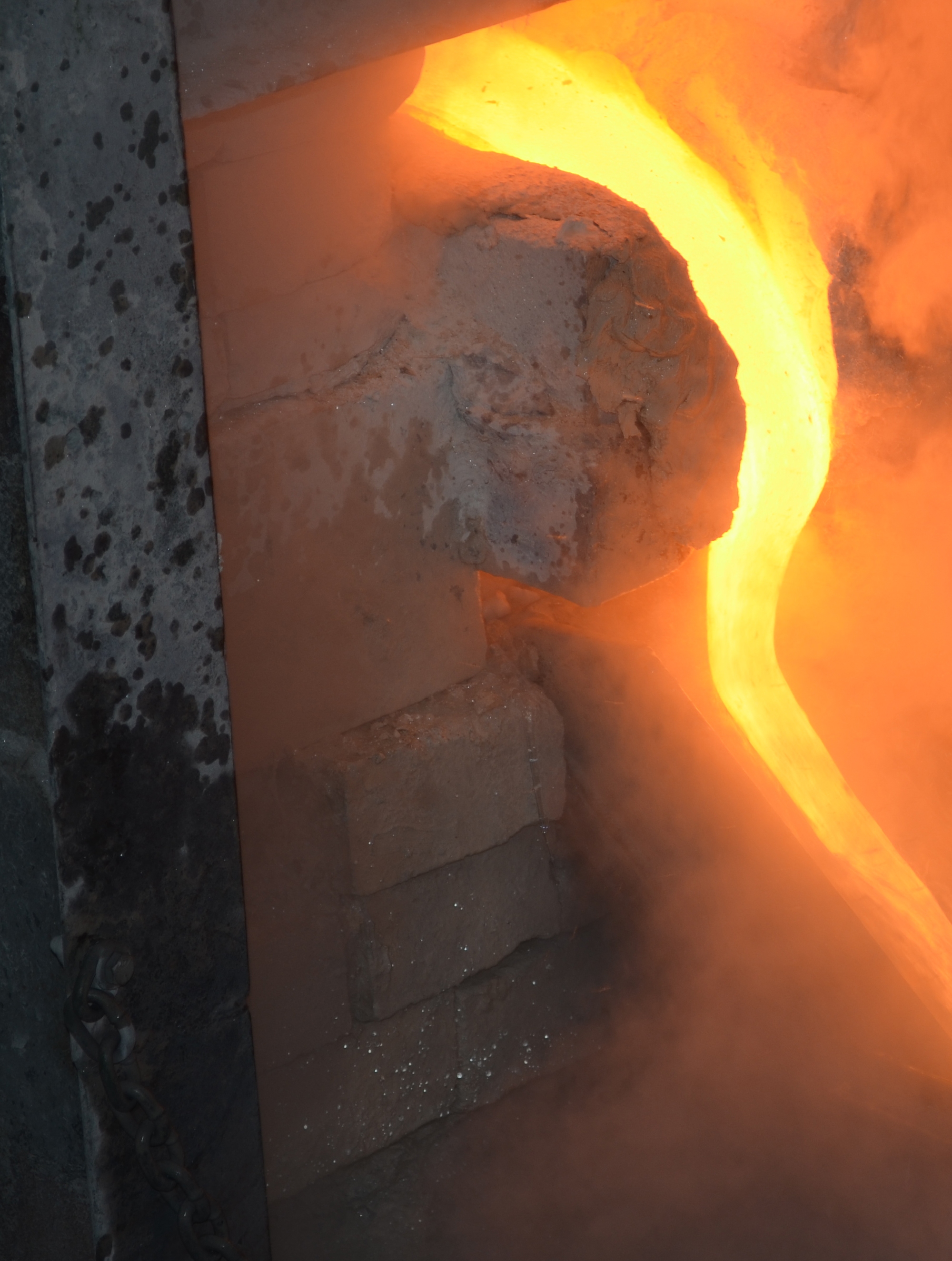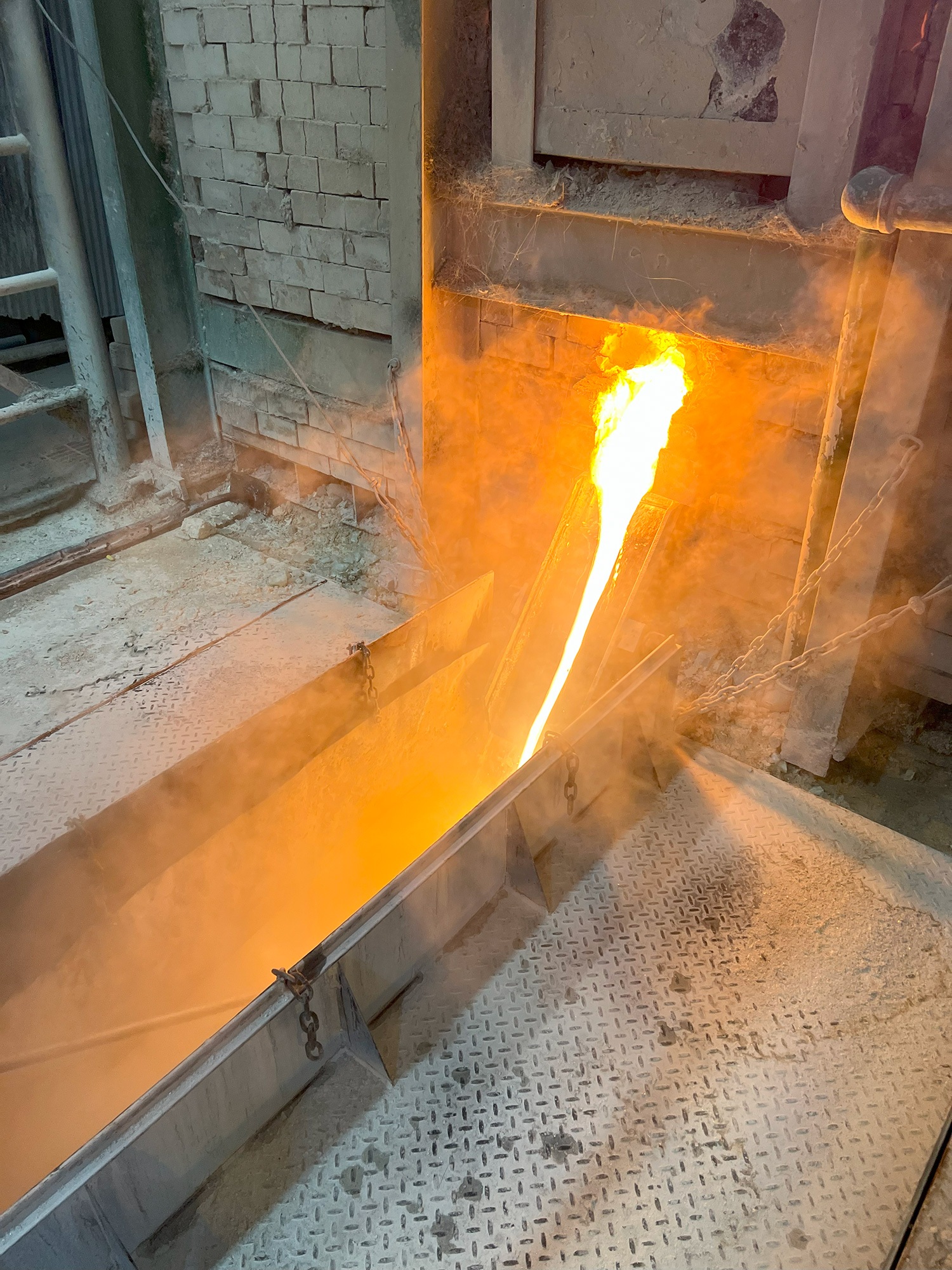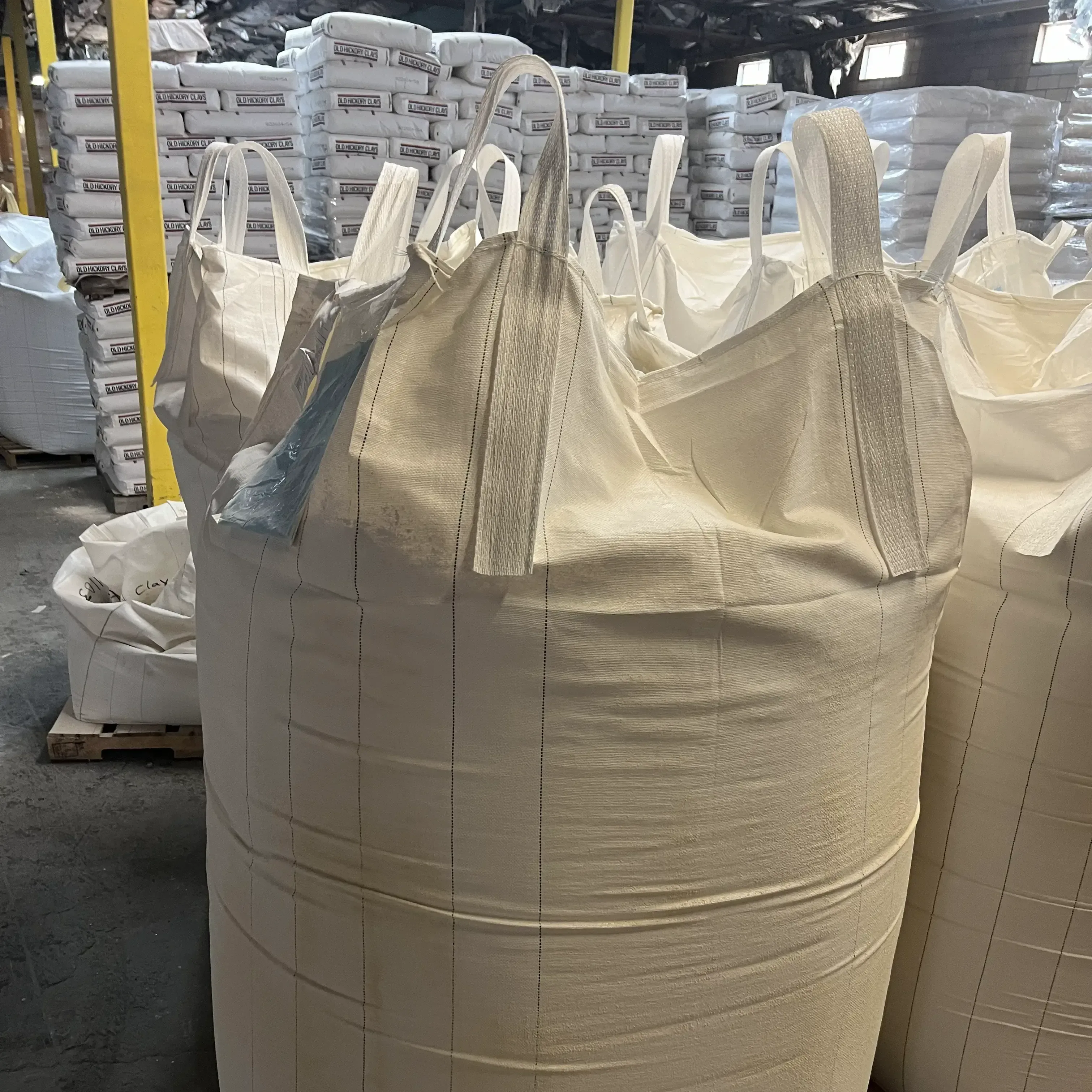Frit Categories
- Alkali Borosilicate Frits - Glazes, Abrasive Fluxes, & Refractory Coatings
- Opacified Frits - Tile & Sanitaryware Glazes
- Magnesium, Strontium and Barium Frits - Specialty Glazes & Bonds
- Zinc and Bismuth Frits - Low Temperature & Specialty Applications
- Lithium and High Expansion Frits - Crackle Glazes, Glaze Fluxes, Low Temperature Uses
- Boron-Free and Silica-Free Frits - Specialty Applications
Frit Product Formats
- Standard frits available from 50 lbs. up to truck-load quantities (44,000 lbs).
- Frits are available in granular, sized (screened) or finely-ground formats.
- Standard grinds include -200 mesh, -325 mesh and Flux grind (D90 = 15 microns).
- Custom grinds are available – please inquire with your specific needs.
- Frits are packaged in paper bags (50lbs.), bulk bags (up to 2,500lbs.) and plastic pails.
Frit Sizes
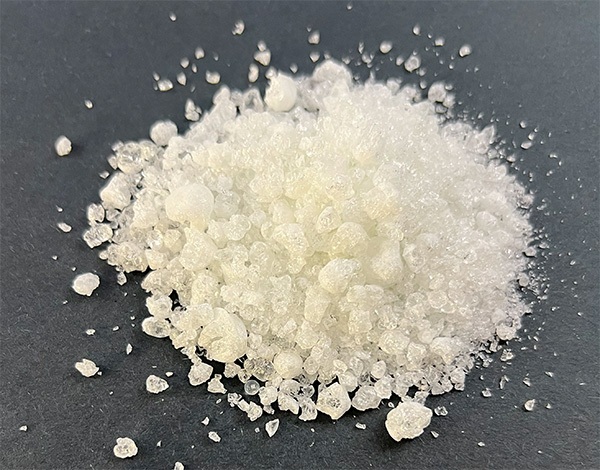
Granular (< 1cm)
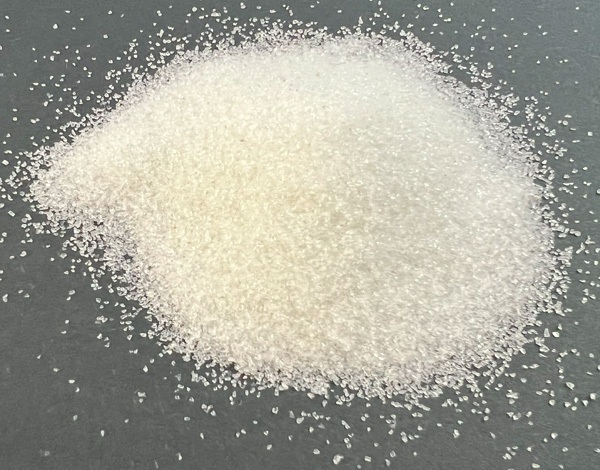
(-20/+60)
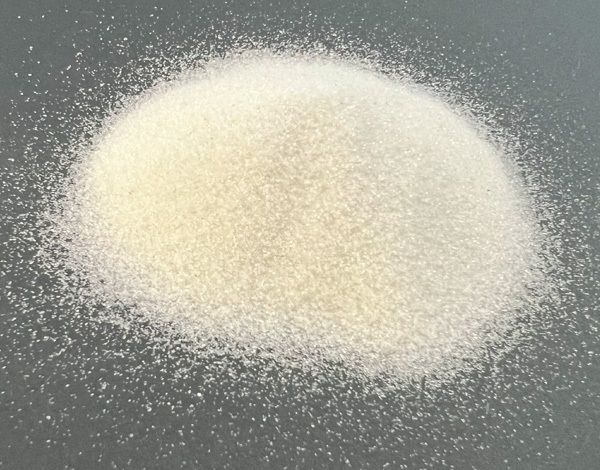
(-60/+100)

Finely Ground
Frequently Asked Questions
- Derived from the Italian word “fritta”, meaning “to fry, or fried”, a frit is a mixture of inorganic minerals (a.k.a. the glass batch) that is melted together, resulting in a pre-reacted ceramic combination with a new chemical composition.
- The terms glass frit or ceramic frit are often used interchangeably, but one term may be preferred over the other depending upon the field of use.
- A mixture of raw minerals, based on the final chemistry desired, is blended together and then melted in a furnace at temperatures around 2500°F (1250°C).
- During the melting process, the raw materials decompose, react together to form a molten pool of glass that resembles lava from a volcano.
- Once fully reacted, the molten glass is removed from the furnace and quenched rapidly using water, forming a granular, glassy material.
- Frits can be used in granular form, but most applications require the frit to be milled to much smaller particle sizes.
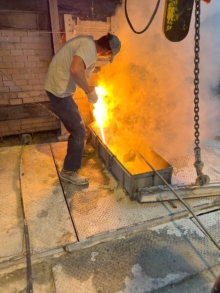
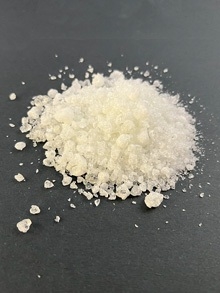

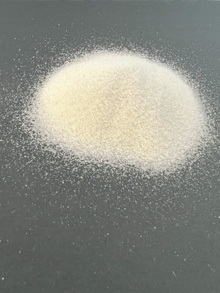
- Frit has gone through high temperature reactions and will behave more consistently in subsequent processes than the starting batch of the same chemistry.
- Frits function as high temperature, inorganic glues that soften and melt over a temperature range based on their chemistry.
- Frits were first developed to improve the formulas for attractive glazes or protective coatings formed on top of glass, ceramic or metal surfaces.
- Frits function as bonding agents within ceramic bodies to improve the final properties and reduce the required firing temperature or time.
- Frits can also be used as part of the solution to bonding dissimilar materials together, for example, in glass to metal seals.
- Frits can be customized with an almost limitless range of chemistries and are properly considered as a broad class of Engineered Raw Materials.
Custom Formulas and Grinds Available
Explore the possibilities in collaboration with Fusion Ceramics! Whatever your glass or ceramic frit requirements, we welcome your inquiry. Get in touch with us today to learn more about how we can help improve your products & processes.
